You’ve probably heard the horror stories of people who’ve had their data stolen through RFID skimming. But how real is the risk? Should you replace your bifold wallet with an RFID-blocking wallet? Let’s dig deeper into RFID technology and what you can do to protect your personal data today.
What is an RFID reader?
An RFID reader receives data from an RFID tag, a tracking system that has been written with information. RFID readers rely on radio-frequency technology to read the data that is embedded in RFID tags. RFID tags, which are commonly called RFID chips, transmit data to the RFID reader, which in turn transmits data to specialized computer software.
Where can you find RFID tags?
RFID tags send out signals that can be easily read by anyone with an RFID reader or scanner. That’s why RFID is frequently used for inventory management, file management, tracking systems, and so on. A common example of RFID is your passport. Passports that were issued starting August 2007 have tiny microchips that contain the passport holder’s personal data. Each time someone enters a country, immigration officials will be able to verify their identity by running their passport through a close-range RFID reader. Supposedly, this is to prevent fraud and counterfeiting.

What are the risks of RFID?
RFID may be convenient, but it also comes with certain dangers. As mentioned earlier, anyone with an RFID reader or scanner can read the data on an RFID chip. This means that thieves with scanners can easily read the data on your passport and credit cards.
Since RFID readers can retrieve data from as far as twelve meters away, the only way to avoid RFID skimming is to use a protective case or an RFID wallet.
Should you be concerned about IR signals?
IR signals or infrared light signals are different from radio frequency (RF). While both work by transmitting signals, IR relies on light that is invisible to the eye. IR signals are commonly found in TV remote controls.
On the other hand, RF relies on radio waves. Hence, an RFID reader can’t read IR signals. So, if you’re worried about someone scanning the IR from your TV remote, don’t worry. You don’t need to wrap your remote in an RFID-blocking case.
What is an RFID-blocking wallet?
While you don’t have to worry about IR, you do need to worry about RF. If you’re using a standard metal wallet, you should ensure that it’s also an RFID-blocking wallet. An RFID-blocking wallet is a protective wallet that contains multiple layers of metal, such as aluminum and copper. The metallic material blocks the radio waves from RFID readers before they can reach your RFID-enabled credit card or passport.
What are the benefits of RFID-blocking wallets?
The obvious benefit of RFID-blocking wallets is that they block or interrupt radio waves. This means that even if someone is trying to steal your data, there’s no way the radio waves from their scanner will reach your wallet.
Let’s say you’re walking along a crowded tourist area, and someone with a scanner gets within twelve meters from you. If your passport is safely tucked away inside an RFID wallet such as the Trayvax Explorer Passport Wallet, their scanner won’t be able to read your personal data.
But if you’re using an ordinary bifold wallet for men, you risk being a victim of RFID skimming.
What is the problem with RFID-blocking wallets?
The biggest issue with RFID-blocking wallets is that they’re usually big and bulky. Fortunately, brands such as Travelon and Trayvax have designed some of the best RFID wallets that don’t take up too much space.
The Trayvax Contour Wallet is an excellent example of an RFID-blocking wallet that stays slim -- even if you carry thirteen cards with you! So, even if you’re using a clutch that’s as small as the Roam Mini Clutch, the Trayvax Contour can still fit comfortably inside.

Do you need an RFID-blocking wallet?
The short answer is yes. While not all credit cards and passports contain RFID chips, you can never be too certain. Eventually, most -- if not all -- credit cards will be embedded with RFID chips, as they’re more convenient than swiping each time you check out. By buying an RFID wallet, you won’t have to sacrifice style for safety. Some of the best RFID wallets are just as stylish as any other front pocket wallet.
To start, you might want to browse Trayvax’s selection of RFID tactical wallets.
The bottom line
RFID-blocking wallets protect your passport and credit cards from RFID skimming. While you don’t have to be concerned about IR, you do need to be aware of the dangers of RF. So, if you haven’t bought an RFID-blocking wallet already, it’s time to take an online shopping trip.

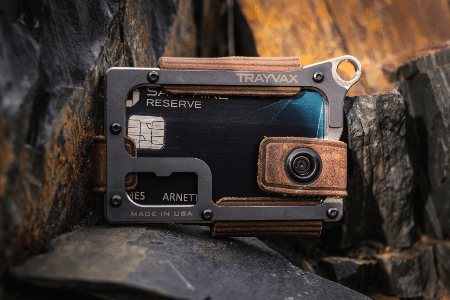
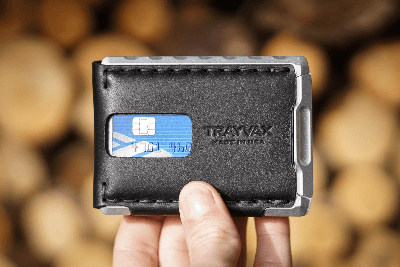
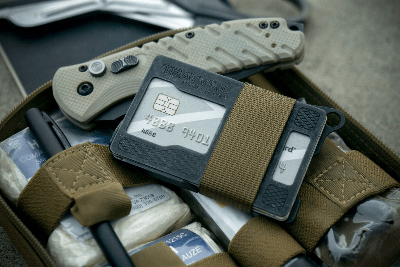
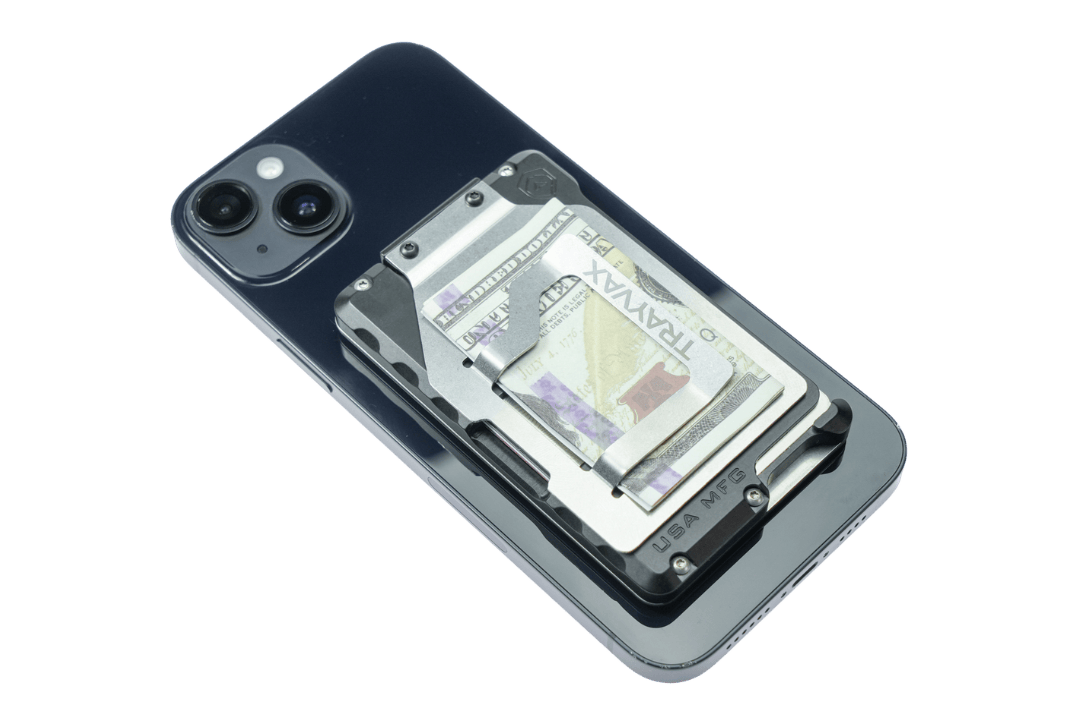



















































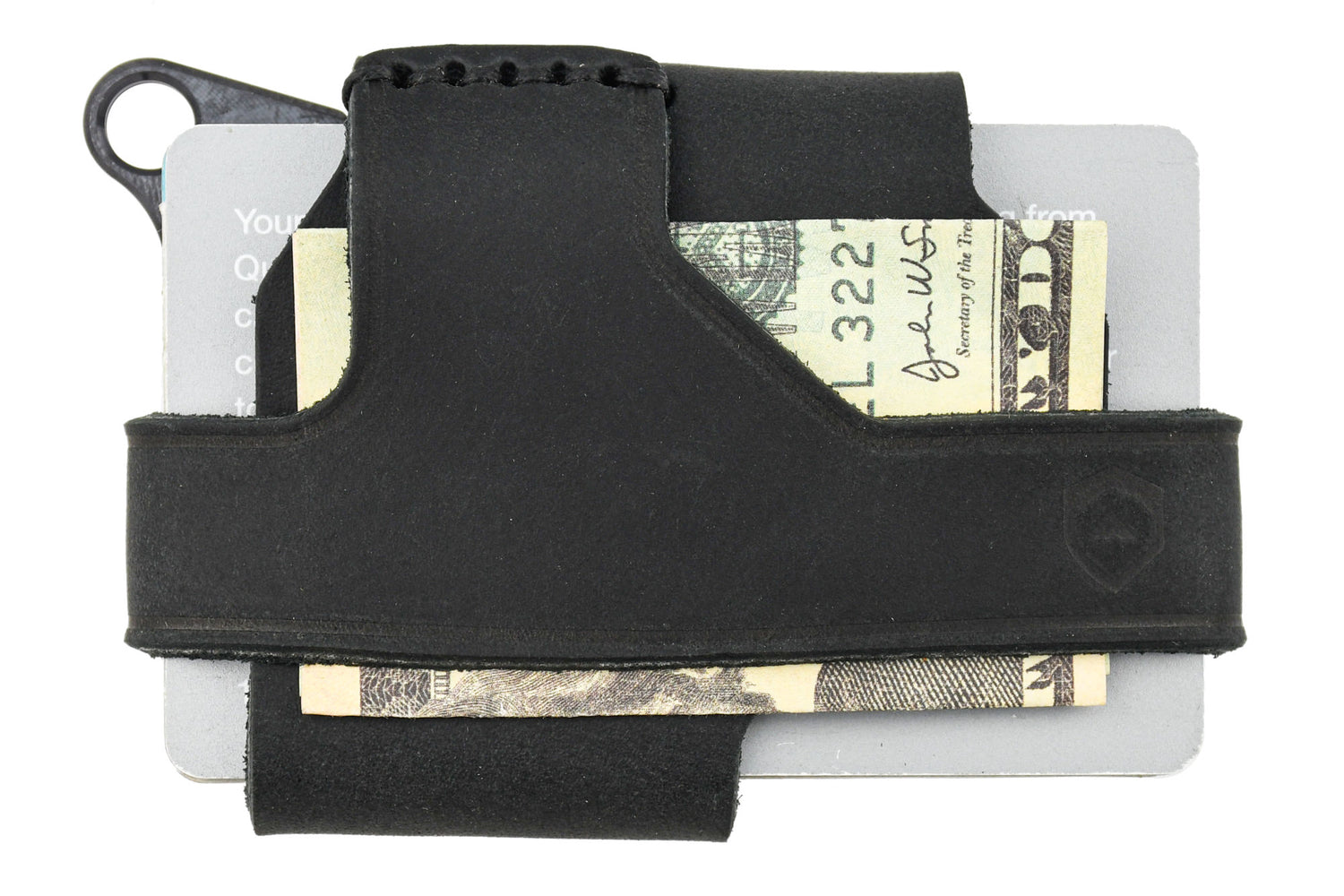
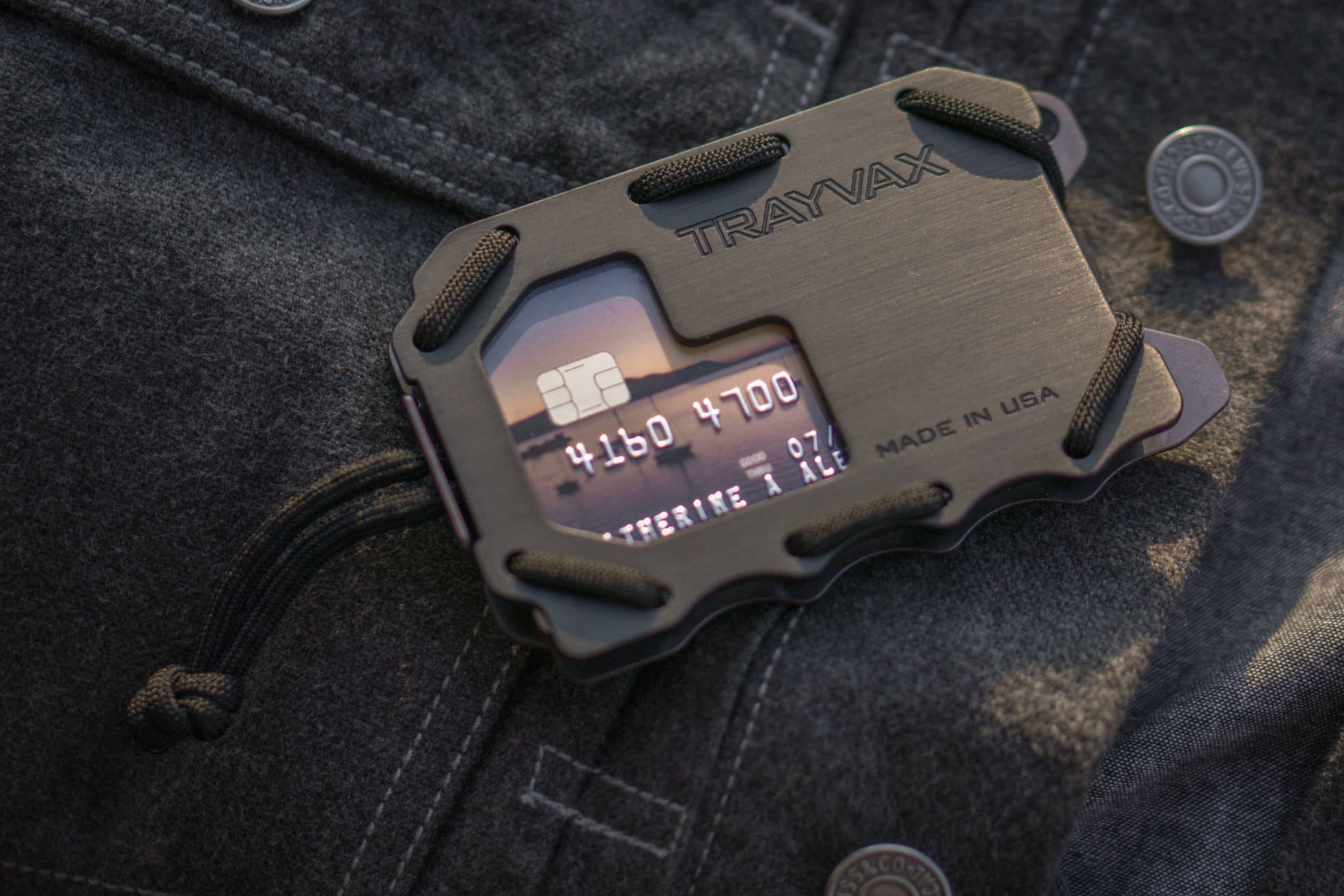
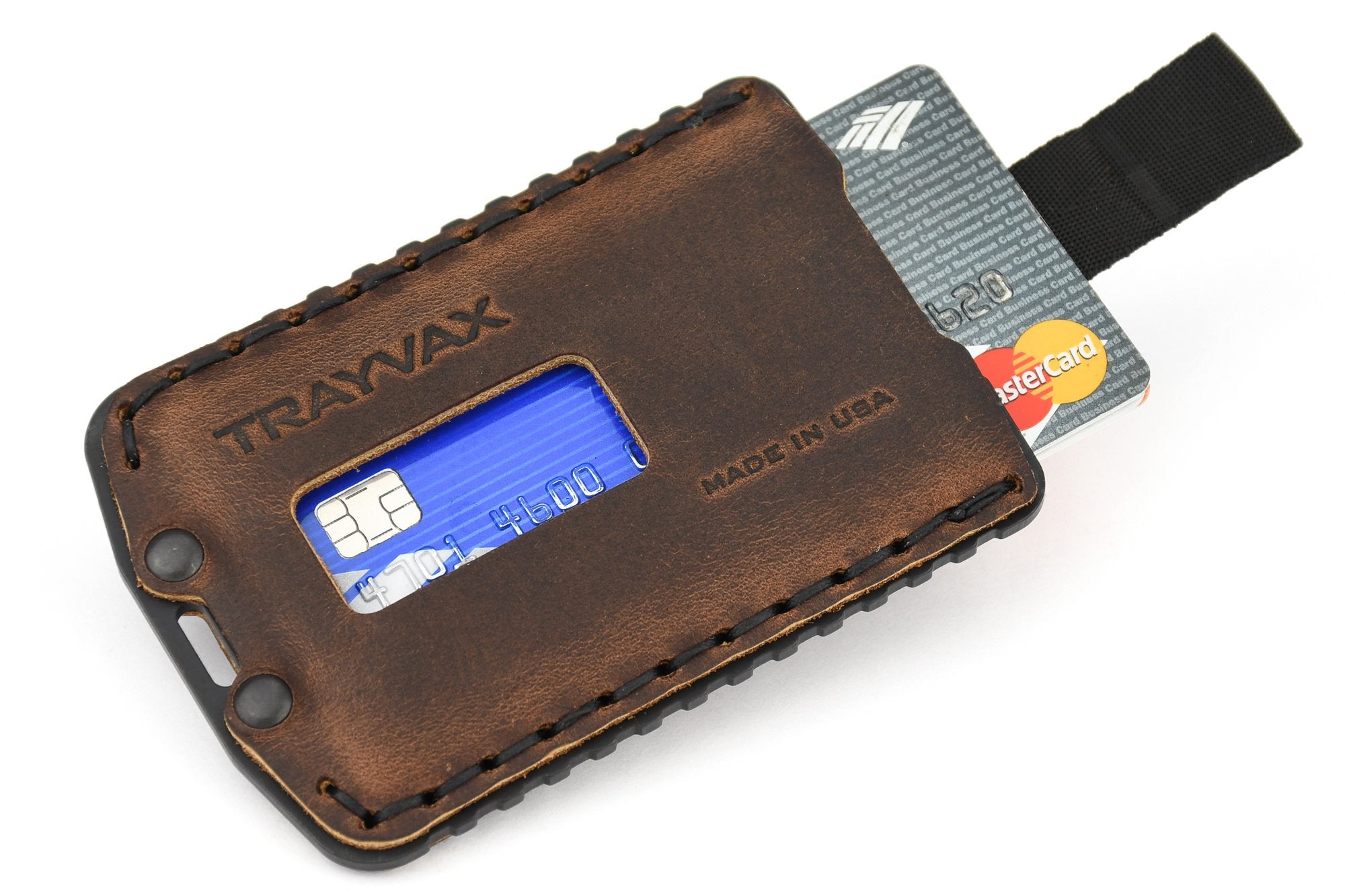
Leave a comment
All comments are moderated before being published.
This site is protected by hCaptcha and the hCaptcha Privacy Policy and Terms of Service apply.